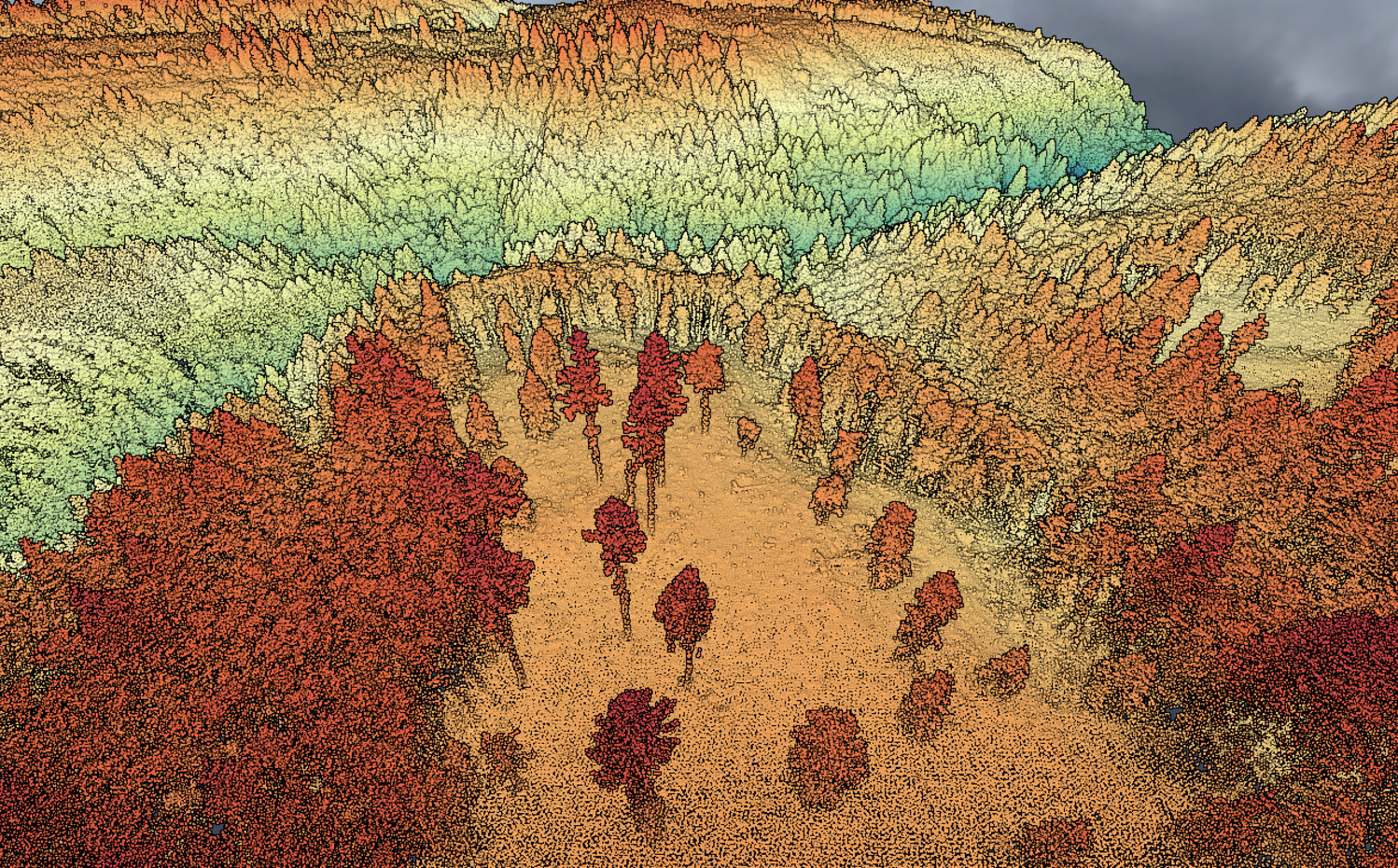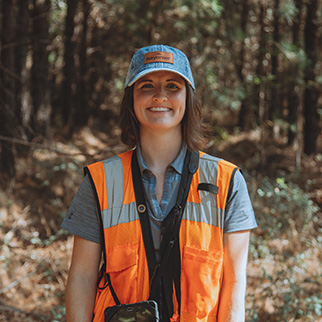Explore Green Jobs
Forest Biometrician
A Forest Biometrician is someone who collects and analyzes data about the trees managed by a forestry company. This work involves designing methods to sample the trees, developing forecasts to predict future growth and determining what forest management would best maximize financial returns. Through this work, forest companies gain sound biological and mathematical information to make well-informed business decisions.
In the forestry industry, the Forest Biometrician utilizes imagery such as LiDAR, numbers and data to accurately estimate the trees growing within a working forest. Collected data is put into statistical software, such as SAS and R, to create growth and yield models that predict future tree growth. These models after being developed are often implemented using a variety of programming languages (C++, C#, Fortran, etc.).
This position may also be referred to as a Research Biometrician.



